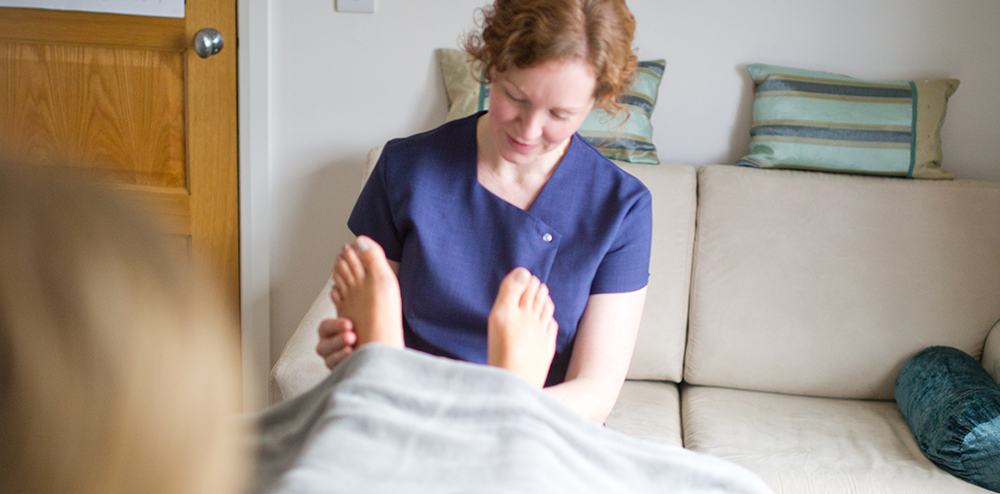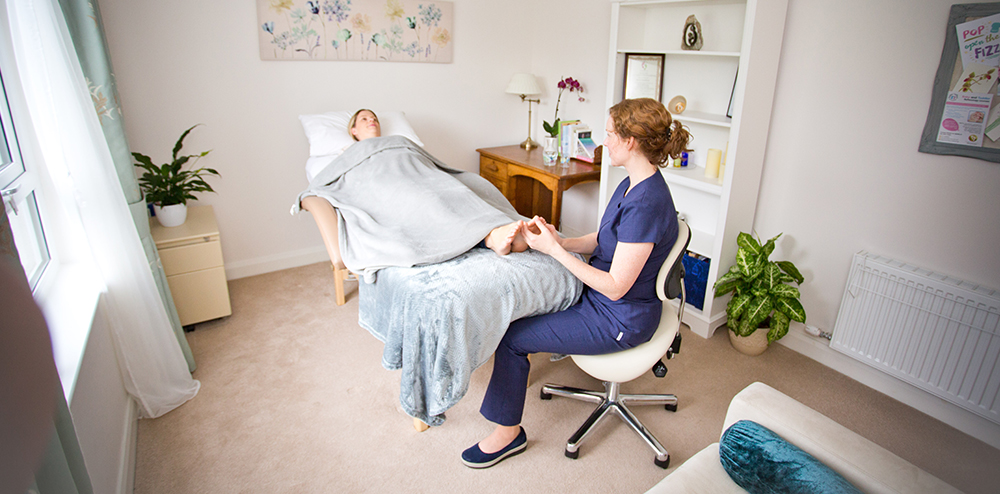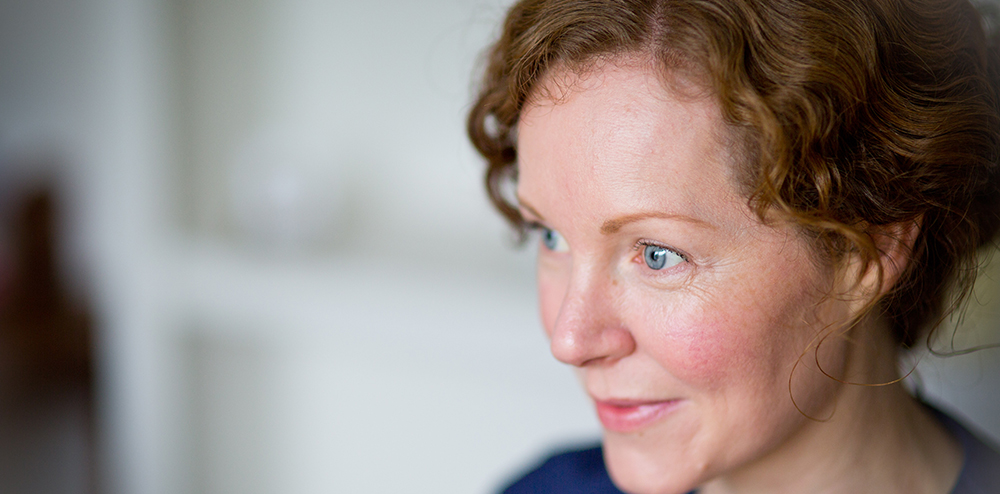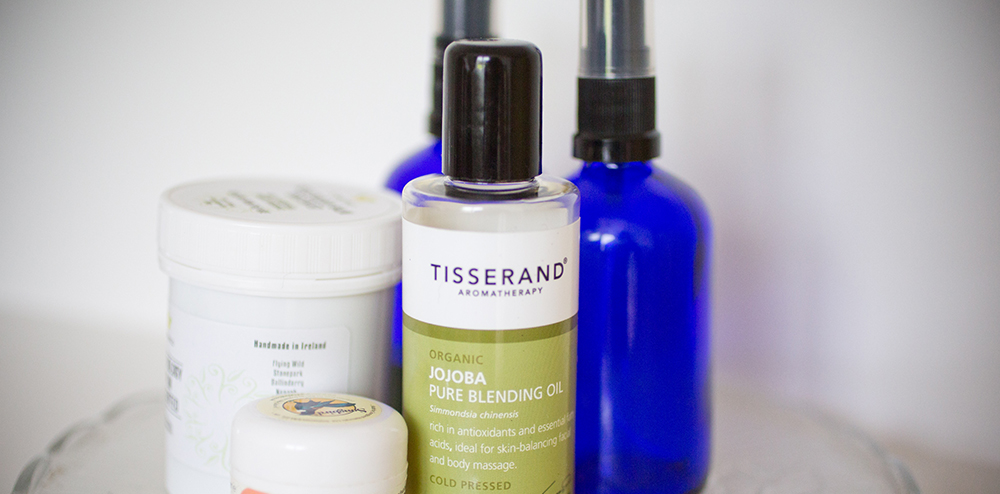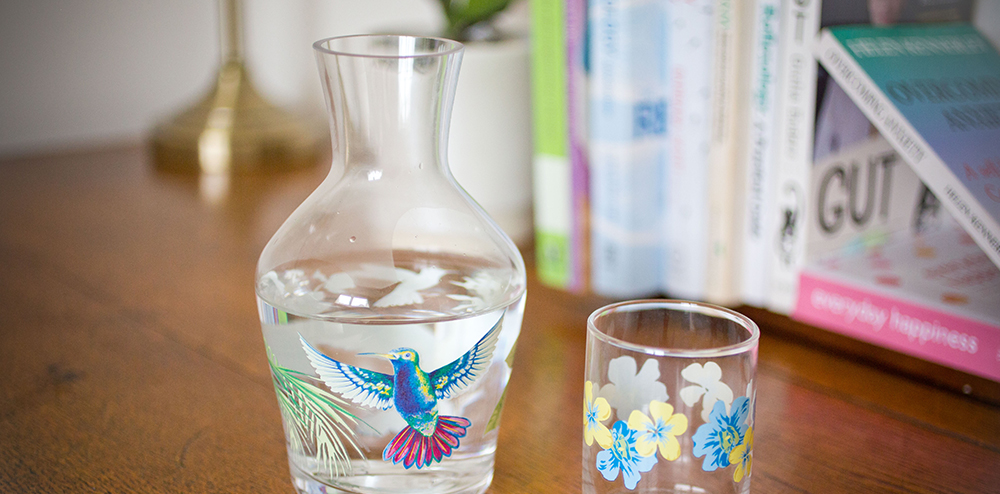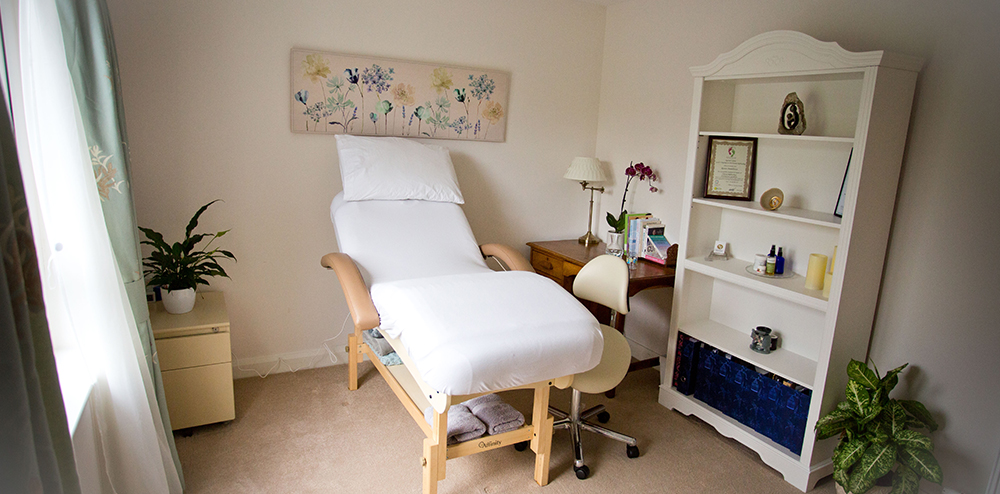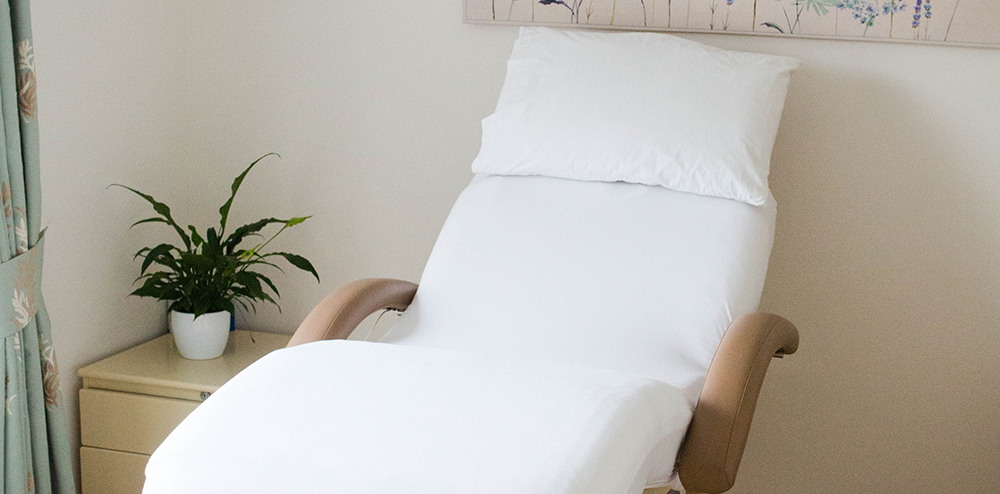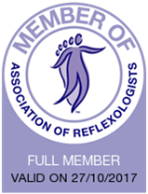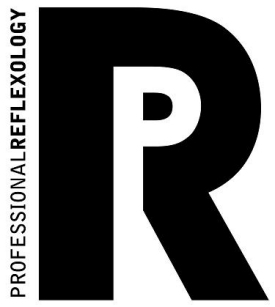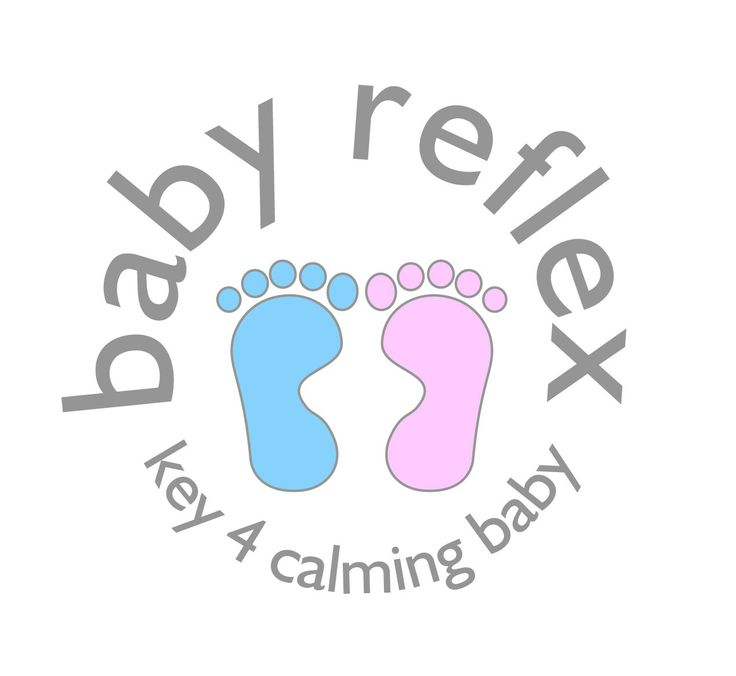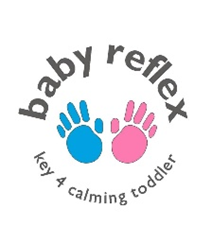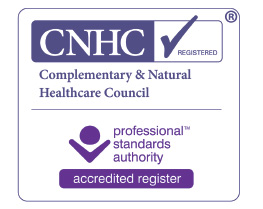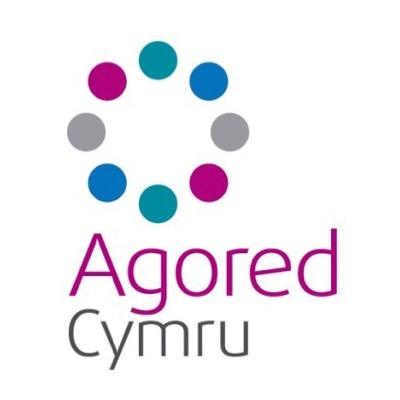About me
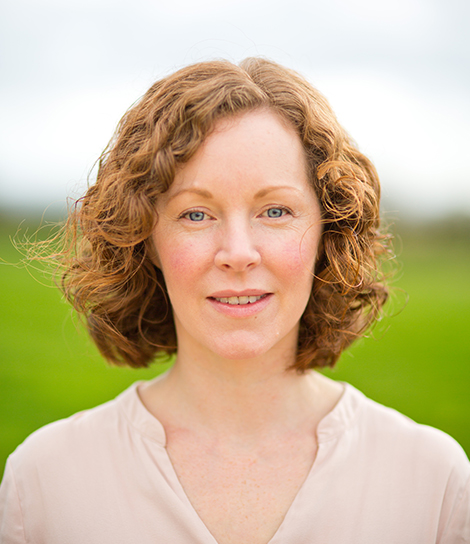
I am a qualified Clinical Reflexologist and one of the first people in Northern Ireland to achieve the Level 5 Mastership in Practitioner Reflexology (CRM5), the highest level of reflexology training in the UK.
I first became interested in reflexology in 2013 when I was looking for ways to help me cope with the stress and worry caused by miscarriages I had experienced, and seeing how reflexology had benefited some friends with fertility issues, motivated me to look into reflexology further and decide to train as a reflexologist. I obtained my first qualification in 2014, six months after my son was born.
Initially, I only intended to use reflexology on my family but the more successes I observed, the more passionate I became about helping others, prompting me to complete the Level 5 Mastership and set up my practice in 2016.
Since then I have treated many clients with a range of health and wellbeing issues, and helped some clients on their fertility journey to achieve successful outcomes. I also completed the Baby and Toddler Reflex course and as well as treating babies and children in my practice, I run courses teaching parents/carers how to give simple reflexology treatments to their baby.
Qualifications
I have completed the following accreditations and training:
- Level 3 Diploma in Practitioner Reflexology
- Level 5 Mastership in Practitioner Reflexology
- Certificate in Baby and Toddler Reflexology
- Advanced Certificate in Fertility, Maternity and Hand Reflexology
Continuing Professional Development
I am focused on developing my skills and knowledge as far as possible. Attending workshops, seminars and training courses, participating in Well-being events and performing taster sessions, ensures I offer my clients the latest support and information. To show my willingness to comply with industry standards and government bodies I am:
- A full member of the Association of Reflexologists (AoR)
- A full member of Professional Reflexology (PR)
- A member of The Complementary and Natural Healthcare Council (CNHC)
- Insured and hold full malpractice and Public Liability Insurance.
Clinics
Reflexology Clinics based in the Randalstown area
I am ideally located in the Randalstown area. I practise from my private clinic which is only a short distance from the M22 and A26, making me easily accessible from many of the surrounding towns and villages.
You can book your session with me directly using the details below:
FAQ
Questions typically asked about reflexology
What is reflexology?
Reflexology is a type of specialised foot massage. It is based on the principal that using techniques to stimulate, sedate and balance specific points on the feet or hands, can improve the functioning of corresponding organs, glands and other parts of the body.
How can reflexology help me?
Reflexology is ideal to support people through physical and emotional issues. It works to encourage the body to heal itself. Through increasing relaxation, reducing tension, improving sleep and mood, it can improve overall health and wellbeing in a safe and natural way. However, you don’t need to be ill to benefit, you may just want to take the opportunity to relax, de-stress and take time for yourself. Having regular reflexology treatments may be ideal as preventative maintenance for your body and mind.
Who can benefit from reflexology?
Reflexology is suitable for all ages, from the very young to the very old. Whether you’re in general good health and wish to use it to aid relaxation or suffering from a chronic or acute condition, reflexology is suitable for most people. There are a small number of reasons for which reflexology is not advisable or that may require a medical professionals consent.
If you are suffering from undiagnosed pain or symptoms please refer to your GP before making an appointment. Reflexologists do not claim to diagnose or cure and reflexology is not intended as a substitute for conventional medical care.
What are treatments like?
The first treatment is used to gather information, therefore takes longer than subsequent treatments. I take details of your medical history, lifestyle and complete a full assessment of your feet. I use the information to develop a treatment plan tailored to your specific needs.
For the treatment you will need to remove all footwear, lie back on a treatment couch and relax. The treatment usually makes clients feel relaxed, calm and many drift off into a pleasant sleep. At times you may notice slight sensations or discomfort when I detect an out-of-balance reflex. Reflexology is not intended to be painful and I will adjust pressure to ensure you are not uncomfortable. Following the treatment, I will summarise my findings and make relevant suggestions if appropriate, such as reflexes that you can stimulate yourself between treatments.
Do I have to remain quiet through the treatment?
This is entirely a personal choice. You do not need to feel as though you must converse with me but I am very happy to chat should you wish to do so. Some clients prefer to lie back and use the time to ‘switch-off’. For others, verbalising their thoughts is as form of releasing tension, the thought of remaining silent is uncomfortable, therefore counteracting the relaxation reflexology aims to achieve.
What should I feel following a treatment?
Immediately after a treatment, clients usually feel relaxed, calm and sleep well that evening. It is not unusual to experience a healing reaction after, and sometimes during, a treatment. There is a view that symptoms may get worse before getting better and that reflexology stimulates the release of toxins both physically and emotionally. You may feel cold or itchy, have tingling sensations, be emotional or tearful, go to the toilet more frequently, develop a headache. These responses are temporary, part of the natural healing process and a positive sign that the body is responding to reflexology. It is important that you drink plenty of water to aid flushing out toxins, avoiding caffeine and alcohol for 48 hours. Ensure you report any healing responses that you notice so I can record how you are responding and revise your treatment plan if necessary.
How many treatments will I need to have?
This varies according to the individual. It is thought that the effects of reflexology are cumulative and so I advise having at least 3 – 4 treatments before deciding if reflexology is having the desired effect. For client’s suffering from chronic conditions or fertility issues, it may take longer for treatments to take effect and so I will advise a longer course of treatments accordingly. However, many clients continue to have regular reflexology to maintain health and wellbeing after completing a course of treatments.
If you have a specific question about reflexology or how to book a course of treatments, please feel free to get in touch with me.
Research
- T. Janevik, L.G. Khan, P. Landsbergis, P.M. Cirillo, B.A. Cohn, X. Liu and P. Factor-Litvak, Effects of work and life stress on semen quality; Fertility and Sterility (2014) Vol 102, Issue 2, Pages 530-538
- S. Akhter, M. Marcus, R.A. Kerber, M. Kong and K.L. Taylor, The impact of periconceptional maternal stress on fecundability; Annals of Epidemiology (2016) Volume 26, Issue 10, Pages 710-716.e7
- A.J. Mc Vicar, C.R. Greenwood, F. Fewell, V. D’Arcy, S. Chandrasekharan and L.C. Alldridge, Evaluation of anxiety, salivary cortisol and melatonin secretion following reflexology treatment: A pilot study in healthy individuals; Complementary Therapies in Clinical Practice (2007) VOL 13, NUMBER 3, Pages 137-145
- J. Mccullough, C. Close, S. D. Liddle, M. Sinclair, C. M. Hughes, A pilot randomised controlled trial exploring the effects of antenatal reflexology on labour outcomes: http://www.midwiferyjournal.com/article/S0266-6138(17)30267-X/abstract
- G. Wyatt, A. Sikorskii, M. H. Rahbar, D. Victorson, M. You, Health-Related Quality-of-Life Outcomes: A Reflexology Trial With Patients With Advanced-Stage Breast Cancer. Oncology Nursing Forum, 2012; 39 (6): 568 DOI: 10.1188/12.ONF.568-577
